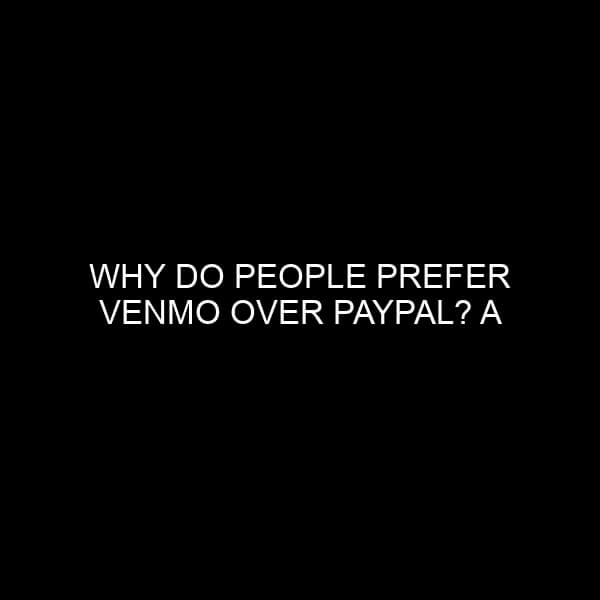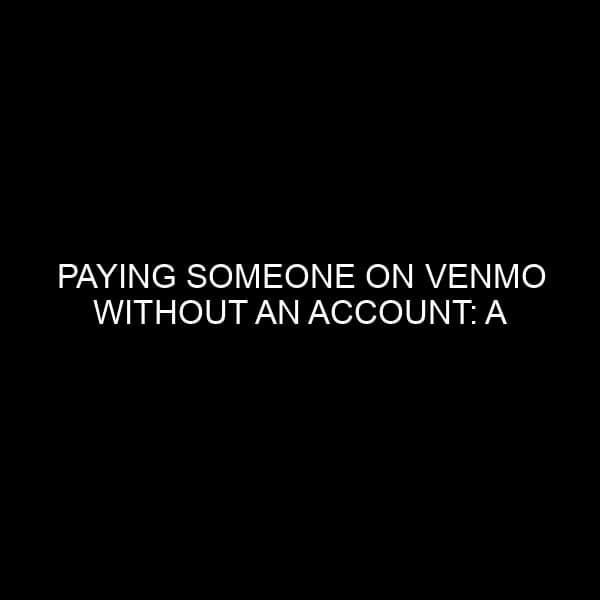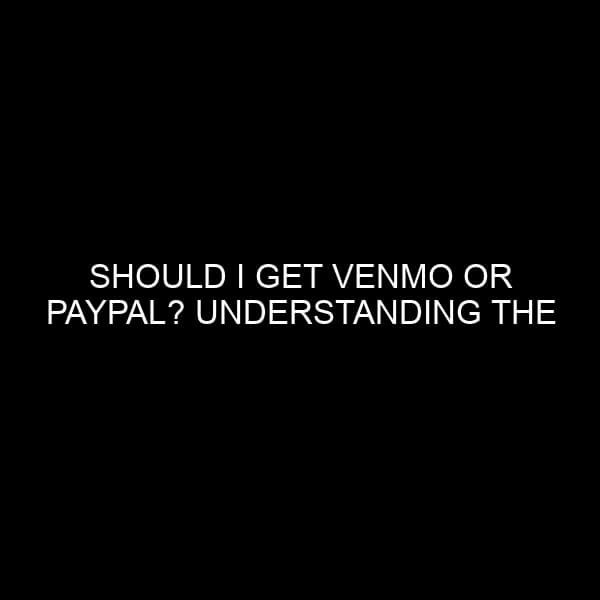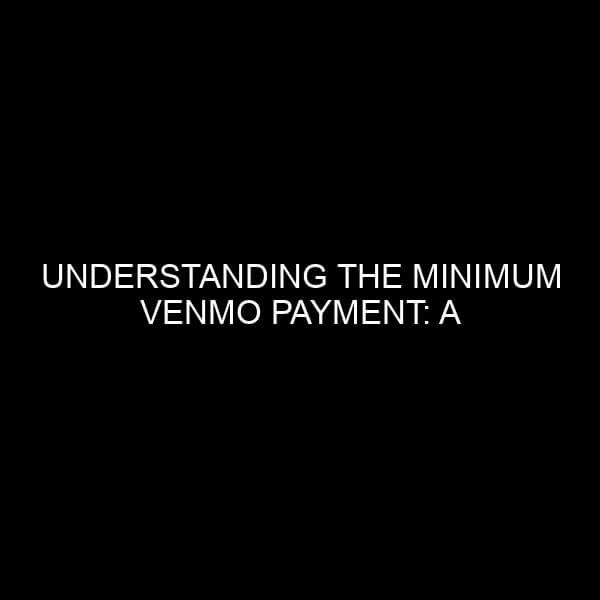Why Do People Prefer Venmo Over PayPal? A Financial Insider’s Perspective
In the realm of digital payments, two names often emerge as dominant players: PayPal and Venmo. Both platforms provide a secure, efficient way to send and receive money online. Yet, while they hail from the same parent company (PayPal Holdings Inc.), the user preference between them varies greatly. Many users are migrating towards Venmo, and one might wonder, “Why do people prefer Venmo over PayPal?” As a seasoned financial market and banking industry professional, I’ve closely observed this shift in user preference. This article delves deep into the nuanced reasons behind this emerging trend.
A Brief Overview of Both Platforms
Before we dive into the heart of the matter, let’s understand both platforms a little better:
- PayPal: Founded in December 1998, PayPal swiftly became the go-to online payment system for many. It is primarily used for online transactions, providing a seamless solution for businesses and individuals to make international payments, purchase products, or simply send money to friends and family.
- Venmo: Launched in 2009 and later acquired by PayPal in 2013, Venmo emerged as a mobile payment service tailored for peer-to-peer transactions. With a social media-inspired interface, it allows users to share and comment on their transactions, turning payments into a social experience.
1. User-Friendly and Social Experience
The Social Aspect
Venmo’s rise in popularity can be significantly attributed to its user-friendly interface and social experience. Unlike PayPal, which focuses primarily on the transactional aspect of payments, Venmo introduces a social feed, allowing users to see, like, and comment on friends’ payment activities. This has made Venmo not just a payment app but a social one, akin to scrolling through Facebook or Instagram.
Simplicity
Venmo’s mobile-first design ensures a streamlined user experience, making it particularly attractive to younger users. Transferring money, checking balance, or splitting bills becomes a breeze with its intuitive interface. While PayPal caters to a broader audience, including businesses, its interface can be perceived as slightly more complex due to its multifaceted functionalities.
2. Fee Structure and Transparency
No Fee for Basic Transactions
Both Venmo and PayPal offer the convenience of transferring money without fees when using a linked bank account or existing balance. However, Venmo’s transparent fee structure, especially for basic peer-to-peer transactions, makes it a go-to choice for many. When using a credit card, Venmo does charge a 3% fee, but this is clearly communicated to users.
Instant Transfer Option
While both platforms allow users to transfer money to their bank accounts, Venmo’s instant transfer feature, which for a small fee, enables users to instantly move their Venmo balance to their bank account, is quite popular among those needing quick access to their funds.
3. Integration with Other Apps and Services
Venmo’s API has allowed for easy integration with various other apps and services. This means users can pay with Venmo in other apps, making the payment process more cohesive and unified. While PayPal also offers this, Venmo’s appeal to a younger demographic has seen it integrated more with popular millennial and Gen-Z platforms.
4. Targeted Market and Branding
PayPal’s broad scope, serving both individual users and businesses worldwide, means its branding and features cater to a vast audience. In contrast, Venmo, with its specific targeting towards millennials and Gen-Z, has crafted a branding strategy that resonates with this demographic, from its fun logo to its app design and features.
5. Security Concerns
While both platforms adhere to stringent security measures, some users feel more secure using Venmo for peer-to-peer transactions due to its limited scope. With PayPal’s vast range of services and being a more prominent target for phishing scams, some users gravitate towards Venmo for daily transactions, reserving PayPal for larger or international transactions.
Conclusion
The preference for Venmo over PayPal doesn’t necessarily imply one is superior to the other. Instead, it highlights the importance of understanding user behavior, market segmentation, and branding. PayPal remains a formidable force in the digital payment world, especially for business transactions and online shopping. At the same time, Venmo has carved a niche for itself among younger users seeking a more social, streamlined, and targeted payment experience.
As the financial landscape continues to evolve, it’s crucial to recognize that users often gravitate towards platforms and services that align with their lifestyle, values, and needs. And currently, for a significant demographic, Venmo ticks all those boxes.






